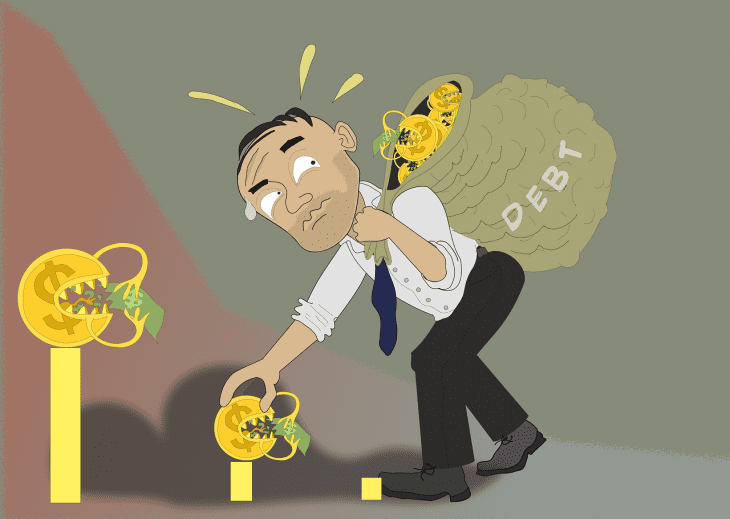It is less than exciting to report a slowdown in credit but it comes at a good time as interests rise, gross writeoff settles, and unemployment sits as record low levels. Good news often has a wrinkle. If you consider loss rates in aggregate, the credit card industry is performing well, with the latest Fed numbers indicating 3.65% chargeoffs. It is indeed 11bp worse than 2Q17, but it is 1bp better than the prior quarter.
To see the issue, you need to peel back the onion. Large banks are doing very well and drive the number with their portfolios. Chargeoff performance at the top 100 banks ended 2Q18 at 3.56%, but for those not in the top 100, the metric is a whopping 7.78%. Simply put, write-offs at small credit card issuing firms is twice that of large issuers.
Ouch.
There is a downstream issue brewing. Large banks are running at 2.41% for 60+ delinquency; smaller banks are almost three times higher at 6.15%.
It is likely to expect the large bank delinquencies to surge around 2Q19 when you consider the most recent trend in U.S. consumer debt reported by the Fed yesterday. Slower growth and rising delinquency will disrupt both the nominator and denominator used to express portfolio ratios.
The Federal Reserve’s recently published G-19 report shows that revolving debt actually fell by $300 billion in September 2018.
Bloomberg reports modest growth for non-card products.
- US. consumer debt posted the smallest increase in three months as credit-card loans fell, suggesting Americans had limited appetite to spend beyond their means, Federal Reserve figures showed Wednesday.
- Total credit rose $10.9 billion in September from the prior month, compared with the median estimate of economists in a Bloomberg survey for a $15 billion increase. That followed an upwardly revised $22.9 billion gain in August.
MarketWatch points to weaker than expected growth rates.
- Revolving credit, like credit cards, slipped at a 0.4% rate in September, the fifth decline out of the past eight months. Nonrevolving credit, typically automotive and student loans, rose at a 4.7% rate in September.
- This is down from an average annual growth rate of 8.03% in 2012, the Fed said. The data does not include mortgage debt.
The slowdown in revolving debt is indicative of tempered lending by larger issuers with enough ballast to influence the number. As the dust settles, expect the small bank delinquency metric to settle at its currently high level, but the gap will tighten as large issuer delinquencies begin to rise.
The best operational countermeasure: circle the wagons and tighten up the collection process for an upcoming storm. See our thoughts in this Mercator Advisory classic.
Overview by Brian Riley, Director, Credit Advisory Service at Mercator Advisory Group












